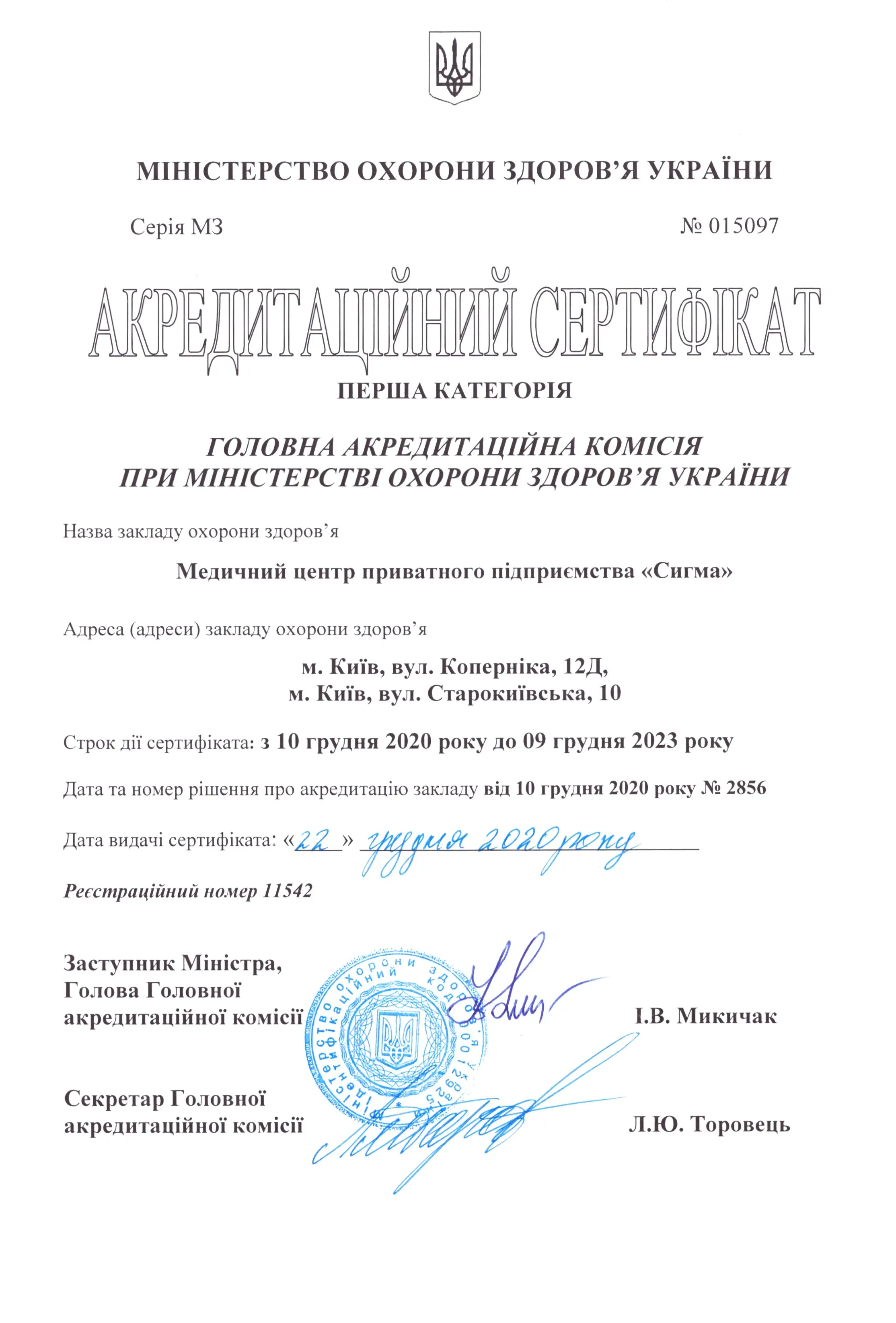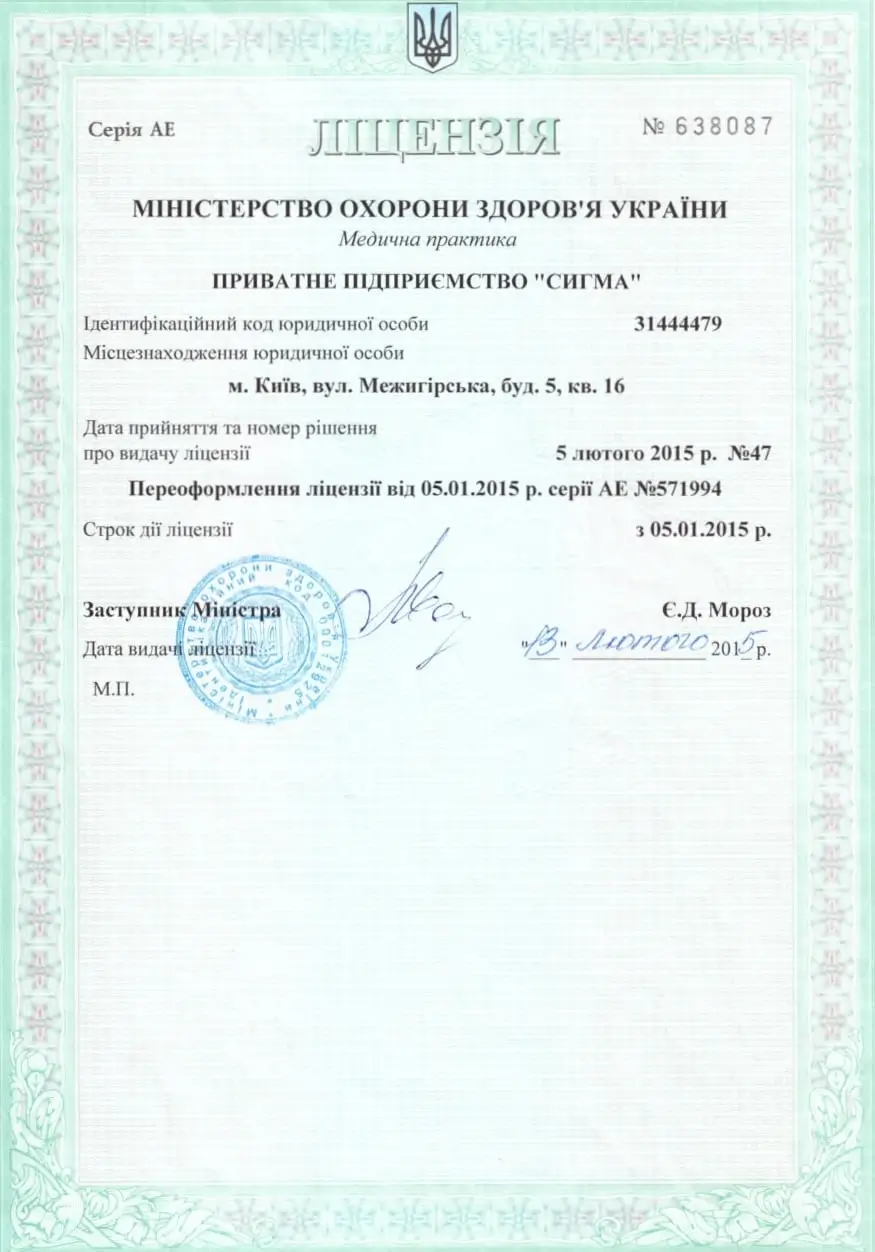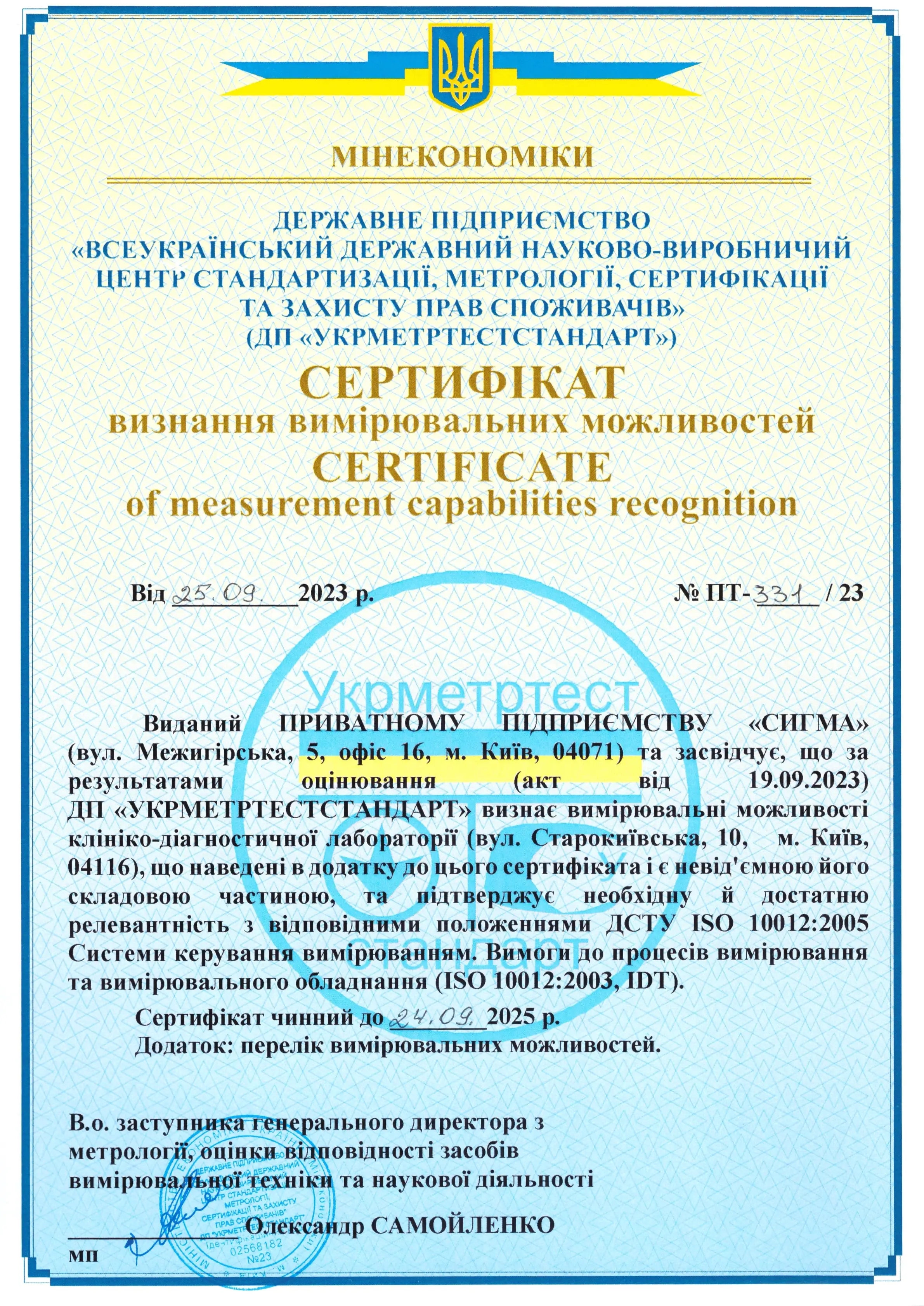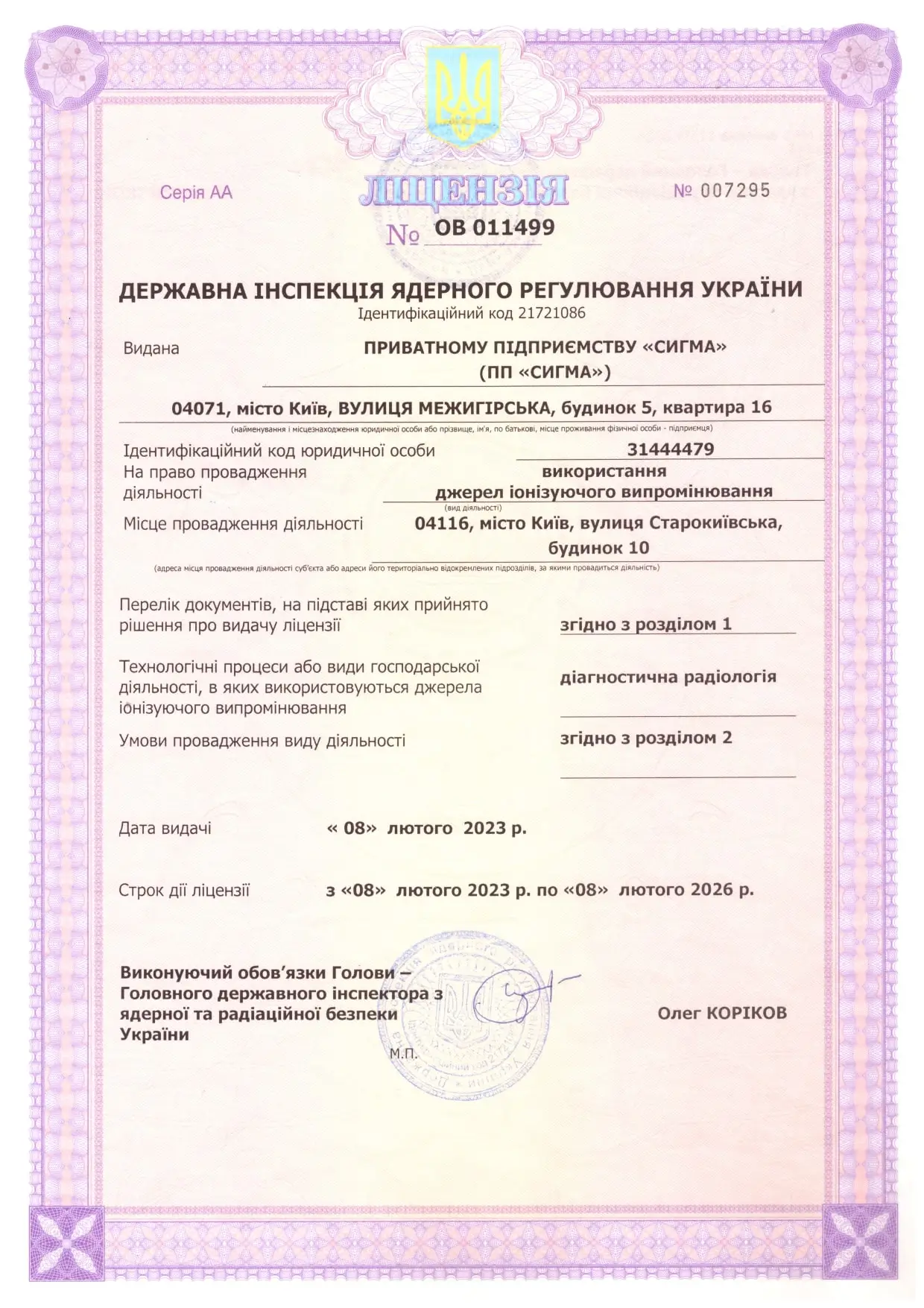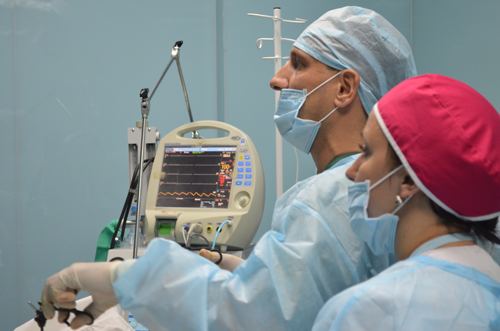
Abdominal hernia is a weakness of the abdominal wall, a defect with the formation of a hole through which the contents of the abdominal cavity (adipose tissue, intestinal loops) go under the skin.
A hernia is manifested by a visible or palpable protrusion of various sizes, pains in the area of the hernial protrusion. It is better determined by standing or straining.
A hernia is dangerous. It is an emergency condition in which the contents of the hernia are squeezed and stops the flow of blood. Hernia becomes thick, sore. There is a threat of necrosis of the intestine. Urgent surgeon consultation and urgent surgery is required.
Even without prejudice, a long-term hernia injures surrounding tissue and leads to adhesions.
Hernia can be cured only by performing an operation.
Preparation for hernia excision:
- surgeon's consultation;
- examination of the anesthesiologist;
- lab tests;
- electrocardiography (ECG),
- can be done directly in the clinic.
A patient eats light food the day before, and a laxative cleanser may also be prescribed by a doctor. On the day of surgery come on an empty stomach.
The use of modern techniques in our clinic, only high-quality mesh and suture materials of American and European production, in combination with an individual approach, allows us to obtain a guaranteed result of a hernia treatment, without a relapse.
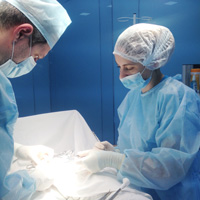
Treatment of inguinal hernia
An inguinal hernia is a protrusion that occurs in the groin. In men, it can reach the scrotum, in women, it goes to the labia. An inguinal hernia can also be on both sides.
During an operation to remove a hernia in the groin, parallel to the inguinal fold, a skin incision of 5–8 cm is made, a hernia is released, the contents are set into the abdominal cavity. Plastic hernial orifice (gate) is made by special techniques, either with their own tissues or with the installation of a mesh implant. Applying a cosmetic surgical suture on the skin makes it mildly visible over time.
The operation is usually performed under spinal anesthesia, but can be performed under local, intravenous or general anesthesia. It is selected individually for each individual patient.
Hospital stay is about 1-2 days.
The estimated cost of the surgical treatment is 560-760 euros.
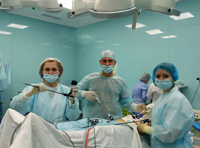
Treatment of Umbilical Hernia
An umbilical hernia is a protrusion that occurs in the navel, expanding it, or moving away from the navel.
During the operation to remove the umbilical hernia, the skin incision hides along the lower border of the navel, a hernia is separated; the contents are removed into the abdominal cavity.
Plastic hernia orifice (gate) is made by special techniques, either with their own tissues or with the installation of a mesh implant. Applying a cosmetic surgical suture on the skin makes it mildly visible over time.
During an operation to remove an umbilical hernia, spinal anesthesia is usually used, but local, intravenous or general anesthesia can also be used, depending on the complexity of the surgery and the individual characteristics of the patient.
Hospital stay is about 1-2 days.
The estimated cost of the surgical treatment is 440-700 euros.
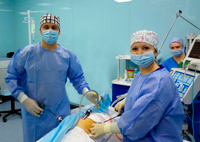
Treatment of postoperative hernia
Postoperative hernia is a hernia defect and protrusion occurs in the area of the postoperative scar.
During the operation to remove a postoperative hernia, the postoperative scar is excised, a hernia is separated, the contents are removed into the abdominal cavity, and adhesions are deleted. Post-operative hernia repair is performed with the installation of a high-quality mesh implant, which is germinating with own tissues. The mesh is installed between the layers of the abdominal wall.
The operation is usually performed under general anesthesia. In some cases, peridural or spinal anesthesia is used.
Hospital stay is about 2-4 days.
The estimated cost of the surgical treatment is 660-1000 euros.







